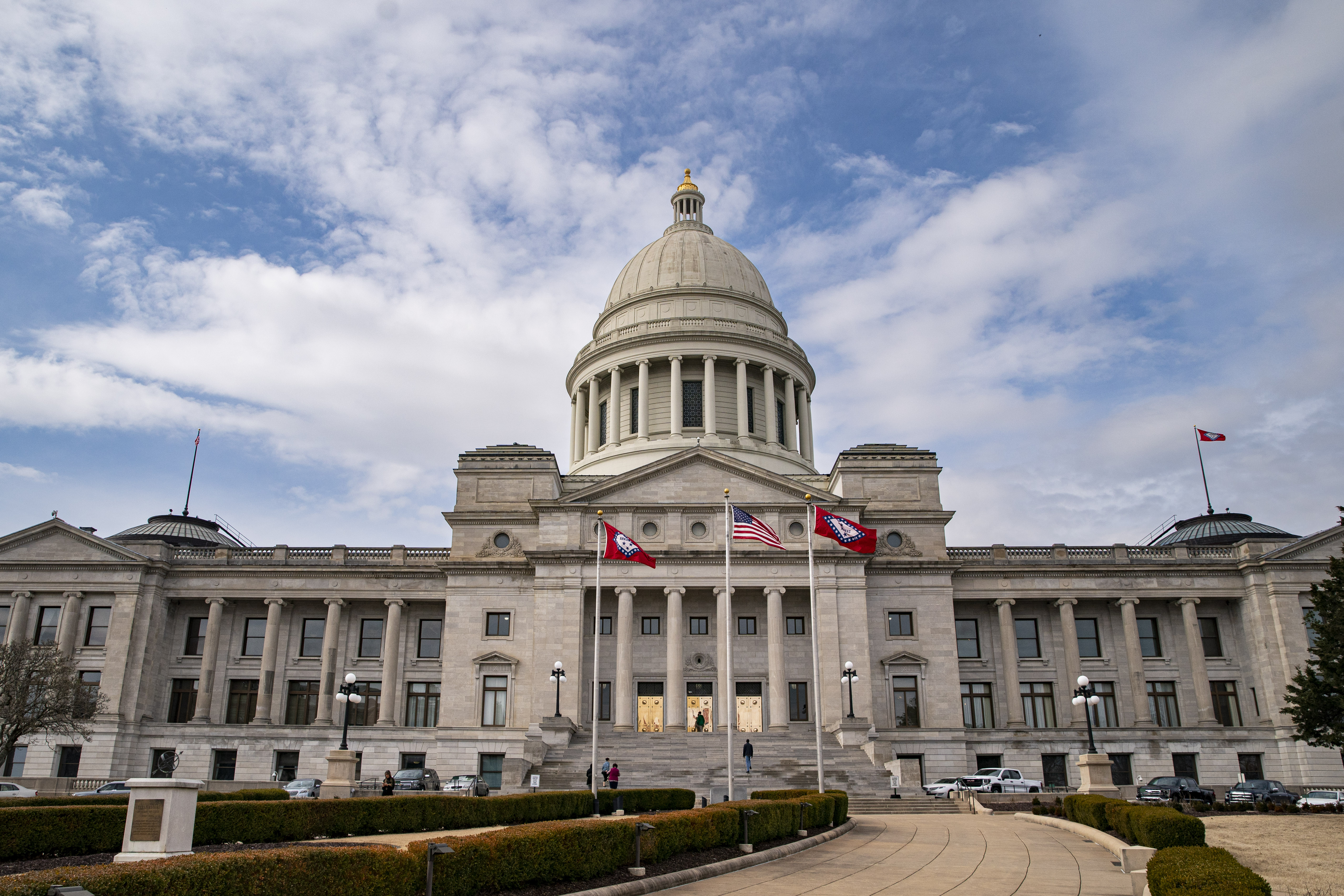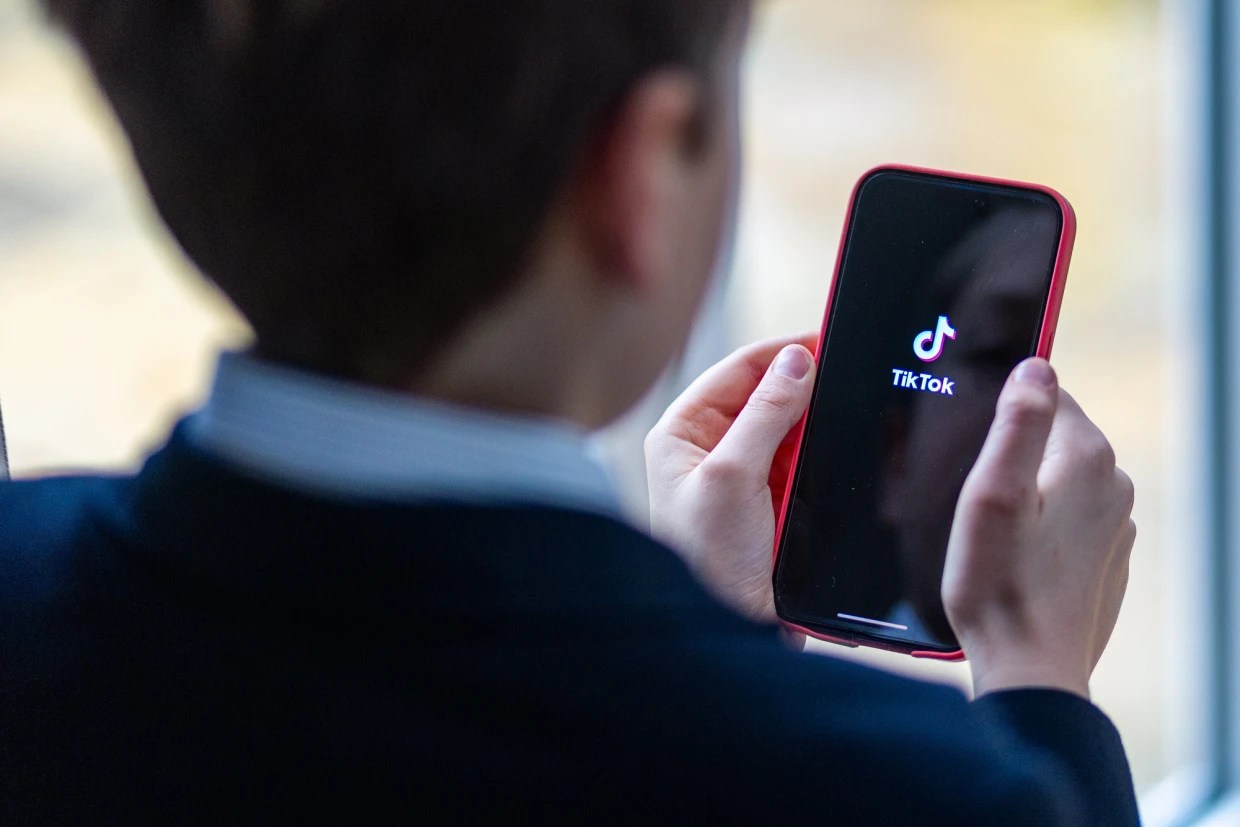The Golden Gate Bridge will close next weekend for the installation of a 13,340-foot moveable median barrier to provide a safer trip across the bridge and eliminate head-on collisions.
Since 1971, 16 of the 36 fatalities on the 1.7-mile span have been head-on collisions, according to the Golden Gate Bridge District. And the new barriers, officials said, will make driving safer by reducing the chance of those collisions.
The 52-hour closure of the iconic bridge starts at 12:01 a.m. Jan. 10 and ends at 4 a.m. Jan. 12.
And that's OK with Dianna Willusz of Sausalito. “The fact that it’ll be safer on the bridge," she said. "I’d rather see them close the bridge and do this kind of work then wait for other things to happen.”
More than 3,200 steel-clad metal and concrete barrier units are already stacked at the Golden Gate Bridge Toll Plaza administration building off of Merchant Road, Golden Gate Bridge, Highway and Transportation District spokeswoman Priya David Clemens said.
The units are 12 inches wide, 32 inches high and filled with high density concrete. They will be connected in a line using steel pins to form a semi-rigid median barrier designed to stay in place through tension and their own weight. Each barrier weighs approximately 1,500 pounds, Clemens said.
In advance of the closure, blue dots are being installed on the bridge roadway, Clemens said. The dots are guidelines for the two zipper trucks with Golden Gate Bridge logos that will move the barriers to different lanes to accommodate traffic flow.
The estimated cost of the project is $30.3 million, with $20 million from the Metropolitan Transportation Commission via the state of California, $1.3 million in federal funds and $5.1 million from Golden Gate Bridge toll revenues.
HOW TO GET AROUND DURING THE CLOSURE:
During the closure, Golden Gate Transit buses will still be allowed to cross the bridge and will run on their normal weekend schedule. Emergency vehicles also will be allowed on the bridge during the closure.
Vehicles traveling from the North Bay will have to use either the Richmond-San Rafael Bridge or Bay Bridge to get into San Francisco.
Golden Gate Ferry will expand its service to and from Larkspur and San Francisco to include late night trips.
There will be 15 departures from Larkspur to San Francisco starting at 5:45 a.m. Jan. 10 through 12:35 a.m. Jan. 11. Eleven of the departures from Larkspur to San Francisco will be half-hour high-speed runs.
There are 14 departures from San Francisco to Larkspur from 6:20 a.m. Jan. 10 through 1:10 a.m. Jan. 11. Eleven of the departures will be high-speed runs.
The Sausalito Ferry to and from San Francisco will operate on its regular weekend schedule. The trip takes a half-hour one way.
The bridge's east sidewalk will remain open to pedestrians and bicyclists, but the west sidewalk and parking lots at both ends of the bridge will be closed to the public.
San Francisco Municipal Railway 28-19th Avenue buses will be allowed to operate through the tunnel under the Bridge Toll Plaza.
Access roads that lead to the bridge will start closing at 9:30 p.m. Jan. 9.
U.S. Highway 101 in Marin County will close at the Marin City/Sausalito exit. There will be no southbound access from Marin City to the bridge and there will be no northbound access from Alexander Avenue.
Access to northbound Highway 101 will be available from Spencer Avenue and Rodeo Avenue.
In San Francisco, the Highway 101 closure will be at Doyle Drive and Marina Boulevard. There also will be a closure at the intersection of Park Presidio Boulevard and Lake Street. There will be no northbound access to Highway 101 between those exits and the bridge.
WHEN BRIDGE REOPENS:
A new merge will be different for southbound vehicles. Drivers currently merge from left to right -- the new merge will be from right to left, officials said. In addition, the speed limit will be dropped to 45 mph from the current 55 mph on the decent down the Waldo Grade.
U.S. & World
After the installation of the new barrier, transit officials said the two inside lanes on the bridge will lose six inches of width. Officials advise motorists to take it slow and get used to the new driving conditions once the bridge reopens.
NBC Bay Area's Nannette Miranda contributed to this report.



